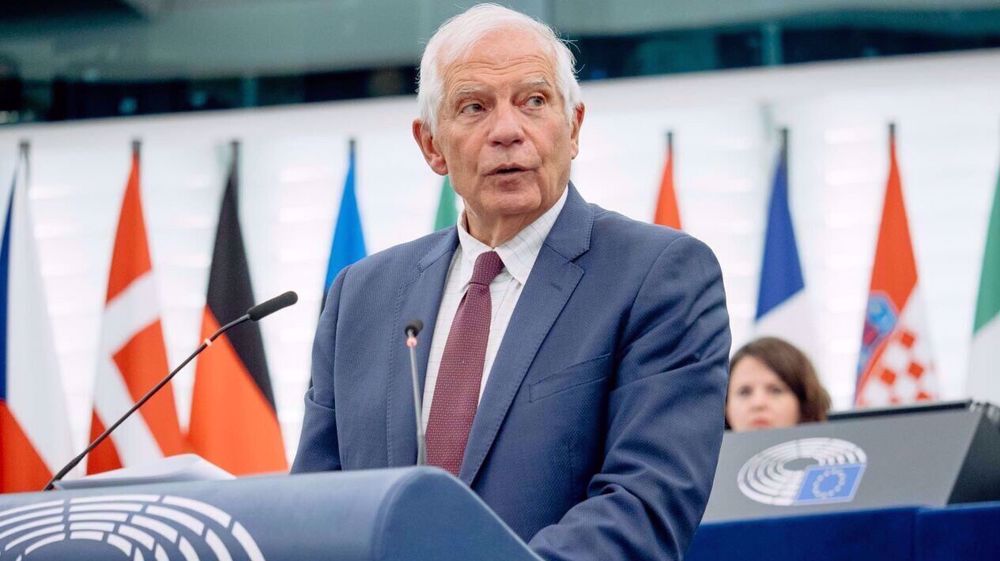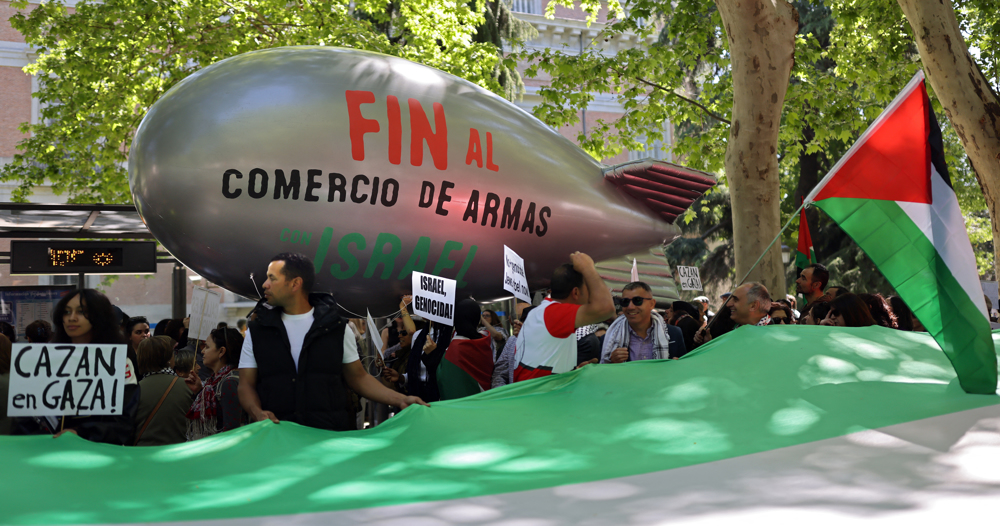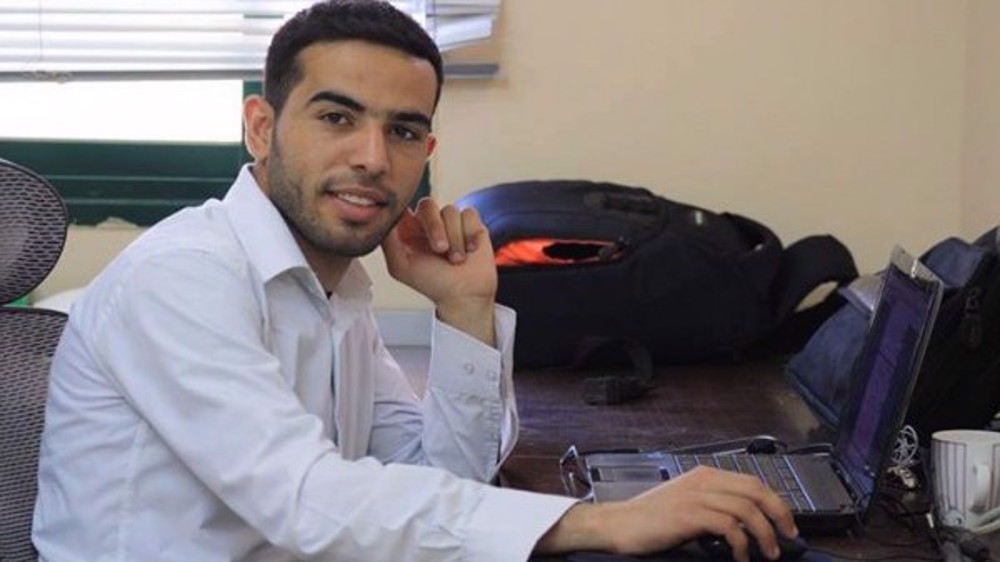EU, Libya hold talks on joint naval force to combat human traffickers
The European Union (EU) and war-torn Libya are discussing the establishment of a joint naval force to battle gangs smuggling people into Europe.
European Union foreign policy chief Federica Mogherini said on Wednesday described as "constructive" her talks in Brussels a day earlier with Libyan Foreign Minister Mohamed al-Dayri, Italian Foreign Minister Paolo Gentiloni and UK Foreign Secretary Philip Hammond.
"The meeting... took place in the context of the preparations of the maritime operation EUNAVFOR (European Naval Force) MED, which will focus on dismantling the business model of those involved in human smuggling," according to a statement from the EU using an acronym for the planned mission.

The command center for the force would be based in Italy. The UK, an EU member, is reportedly working on the draft of the UN resolution that would potentially give the armed force its legal framework.
The EU Council agreed on May 18 to establish a joint military operation dubbed EUNAVFOR Med to stop the trade of human smugglers and traffickers in the Mediterranean Sea.
The military force, said the mandate approved by the EU last month, includes European warships that would be authorized to destroy boats to crack down on human smugglers.
The joint military force would also use surveillance aircraft for spying purposes, according to the mandate.

The plan for the military force comes after a dramatic increase in the deaths of migrants heading to Europe and an increase in the number of migrants safely reaching Europe.
On April 29 alone, more than 800 people died after a single migrant boat capsized in what was described as the deadliest incident recorded in the Mediterranean by the office of the UN High Commissioner for Refugees (UNHCR).
The United Nations now needs to approve the plan after it is submitted by the European Union.

However, many obstacles still remain in the path to realizing the goal for implementing a joint naval force, most notably, the ongoing violence in Libya, which is currently ruled by two governments fighting each other.
Libya's ambassador to the United Nations Ibrahim al-Dabbashi on Tuesday announced that his government is refusing to give its consent to the UN action aimed at endorsing the EU’s plan because European governments had discussed it with the militants in Libya that control.
Libya plunged into chaos following the 2011 uprising against the dictatorship of Muammar Gaddafi, whose ouster gave rise to a patchwork of heavily-armed militia groups and deep political divisions.
Libya has two rival governments battling for the control of the country, with one faction controlling Tripoli, and the other, the country’s internationally-recognized government, governing the cities of Tobruk and Bayda.
HDS/HMV
Google fires more employees over anti-Israel protests
Iran set to build more nuclear power plants: AEOI chief
'Iran’s True Promise ushers in new era for region; strategic implications felt across globe'
VIDEO | Arrest and harassment: US intensifies crackdown on pro-Gaza protests in universities
VIDEO | Press TV's news headlines
France fails to ban anti-Islamophobia protests
In Numbers: 200 days of Israeli genocidal war against Palestinians in Gaza
Death toll mounts in Gaza as Israeli genocidal war marks 200 days










 This makes it easy to access the Press TV website
This makes it easy to access the Press TV website